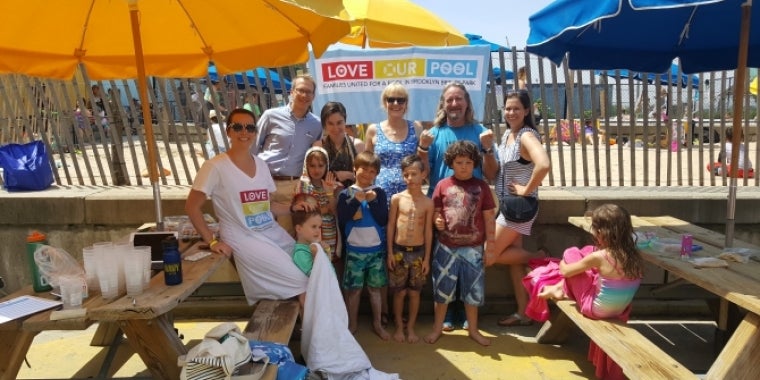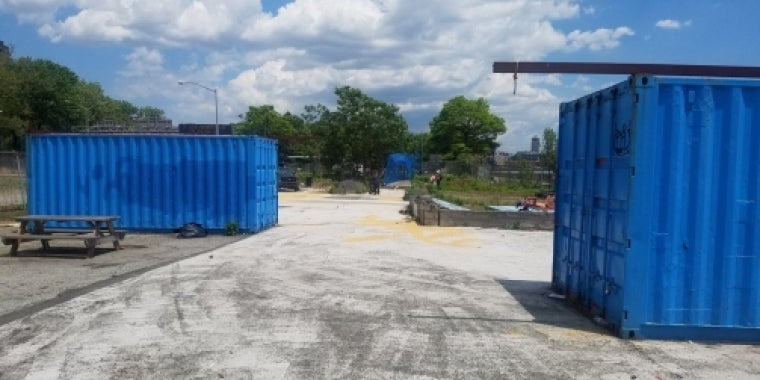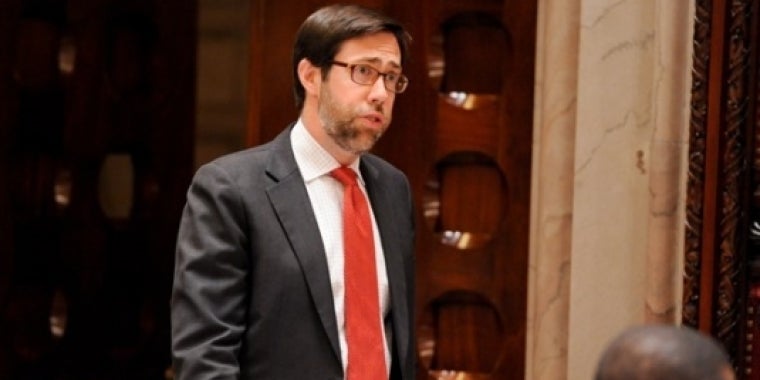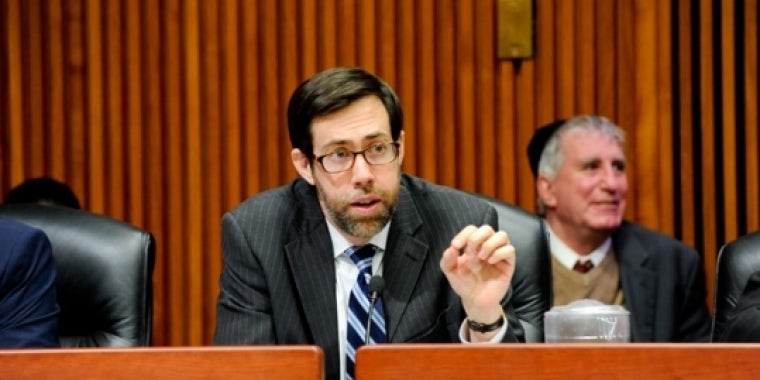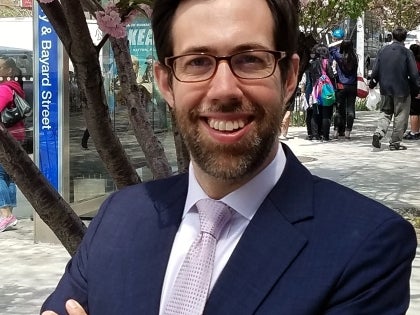
Associated Press: New board to oversee creation of WTC arts center
Associated Press
NEW YORK — As the city looks past the 10th anniversary of the terrorist attacks, community members and officials say a future performing arts center is vital to the continued rebirth of the World Trade Center site and downtown area.
"Between now and the 10th anniversary, the focus will be on getting the memorial open and preparing for the anniversary, but as we get to this fall, everyone's going to say, 'What is the next step?' and 'How do you fully round out the site?'" said state Sen. Daniel Squadron, whose district includes lower Manhattan.
Architect Daniel Libeskind, whose master plan always envisioned a performance space that would return life to a site devastated by terrorism, used a musical analogy to describe the project as a whole.
"It's a little like conducting an orchestra," he said. "You have a lot of players, but it has to be conducted in a way that in the end, it really is harmonious and makes sense."
The local community board, which pushed hard for funding for the arts center, says it's essential to the successful revitalization of the World Trade Center site and lower Manhattan.
"It's very critical that we look at this as an economic development process which will bring construction jobs, long-term jobs and foot traffic to the myriad small businesses that are in the neighborhood," said Julie Menin, chairwoman of Community Board 1.
"After the 10th anniversary, I think it should be a key focus," she said.
The city remains committed to the 1,000-seat theater project anchored by The Joyce Theater dance venue and says a new board is being formed to oversee its creation. The Lower Manhattan Development Corporation has allocated $155 million to the project, which is estimated to cost $400 million to $500 million.
But construction is at least six years away. Ongoing work at the proposed site is dictating the timeline, and fundraising hasn't begun.
In 2004, four arts groups were chosen for the arts center: The world-renowned Joyce Theater, The Drawing Center, the off-Broadway Signature Theatre Co. and the International Freedom Center.
In 2006, architect Frank Gehry, known for his whimsical geometric style, was retained to develop a world-class facility that could host a range of performing arts. His preliminary design featured a 1,000-seat theater, a secondary theater, rehearsal spaces, classrooms, a public cafe and outdoor plazas.
By 2007, two of the arts groups had left because of pressure from victims' families over the groups' missions, and the third was removed because of cost concerns. Only The Joyce remains.
But the biggest obstacle for construction is a temporary Port Authority Trans Hudson train station entrance that occupies the space of the future cultural center at the northwest corner of Fulton and Greenwich streets.
The entrance was created to provide access to the transit center that was badly damaged and flooded during the terrorist attacks. Construction on a $3.4 billion World Trade Center Transportation Hub is under way.
The city says the temporary structure won't be demolished until 2015, while the below-grade infrastructure work isn't expected to be completed until 2017 — when construction of the center could begin.
In the meantime, a new board responsible for fundraising and creating the character and identity of the new cultural center is on track to be finalized before the end of the year, said Andrew Brent, spokesman for Mayor Michael Bloomberg.
The LMDC, the city-state corporation created to coordinate long-term plans for the trade center site, last year committed an additional $100 million for the project, for a total of $155 million.
"That still leaves a very, very large gap," said Squadron, who spearheaded a working group last summer with state and city officials to keep momentum going on a planned performing arts center at ground zero.
Menin said potential donors could include companies that have a real interest in seeing the site and the performing arts center develop. Additional public money and a serious commitment from philanthropic and cultural donors also would be needed, Squadron said.
Linda Shelton, executive director of the 472-seat Joyce Theater, said she was buoyed by plans for a new board and the $155 million.
While The Joyce hasn't begun fundraising, she said, "We know the staffing we will need; we know the companies that might do programs there. We have a lot of it worked out already."
The building will be primarily designed for dance but will also include music, film and other artistic disciplines, Shelton said.
The Drawing Center, one of the original arts center tenants, was the first to withdraw after Sept. 11 family members and other advocates criticized some drawings on exhibit as inappropriate and anti-American. A month later, then-Gov. George Pataki nixed the International Freedom Center from the space after a campaign by some victims' families who feared its programming would offer inaccurate and political interpretations of the terrorist attacks.
The Signature Theatre was dropped after city and state officials said it would cost too much to build separate spaces for both that group and The Joyce.
Paula Berry, one of the founders of the failed freedom museum, acknowledged that the idea for the International Freedom Center was premature.
"We were ahead of our time; we were doing something too early, too soon. The memorial should have come first, as it is," said Berry, whose husband was killed on Sept. 11 and who now sits on the board of the memorial foundation.
Squadron said the LMDC investment offers the security "to focus fully at the city, state and philanthropic level on funding and building" the arts center.
"We must agree that this performing arts center must happen, and we need to say that it needs to happen as quickly as possible," he said.
